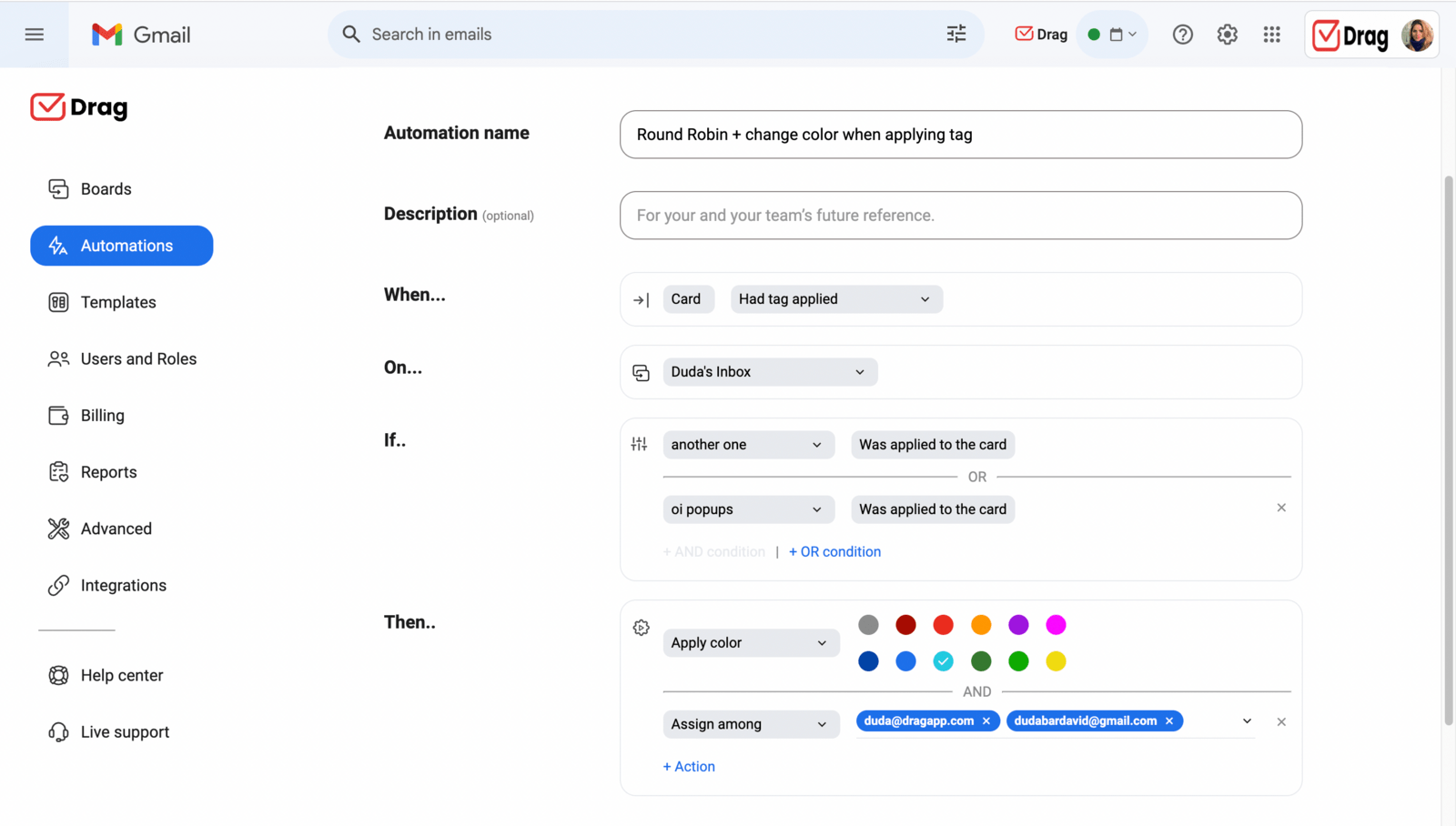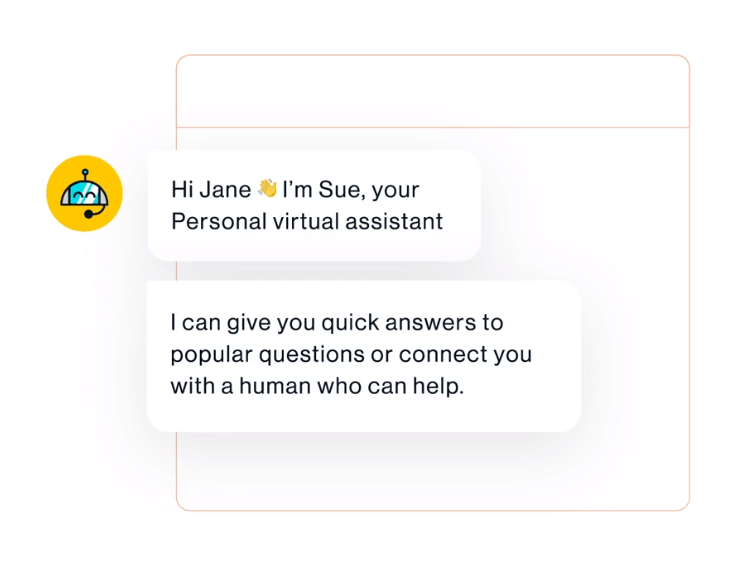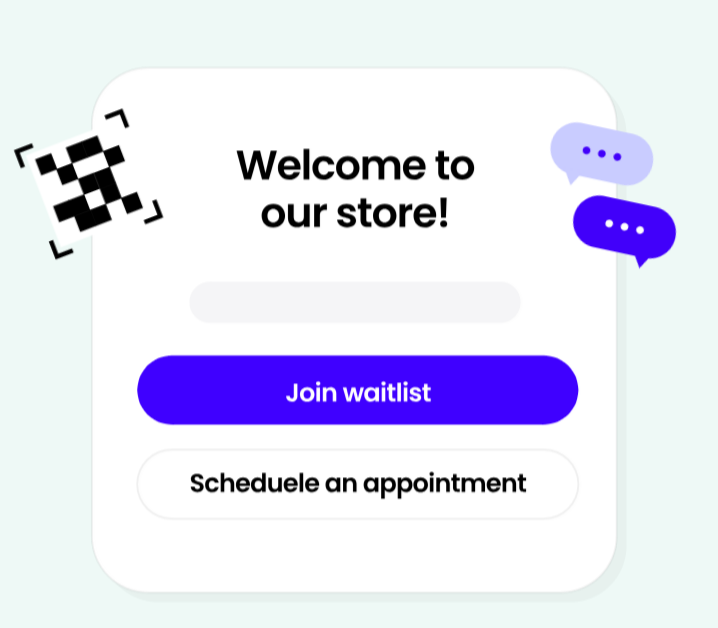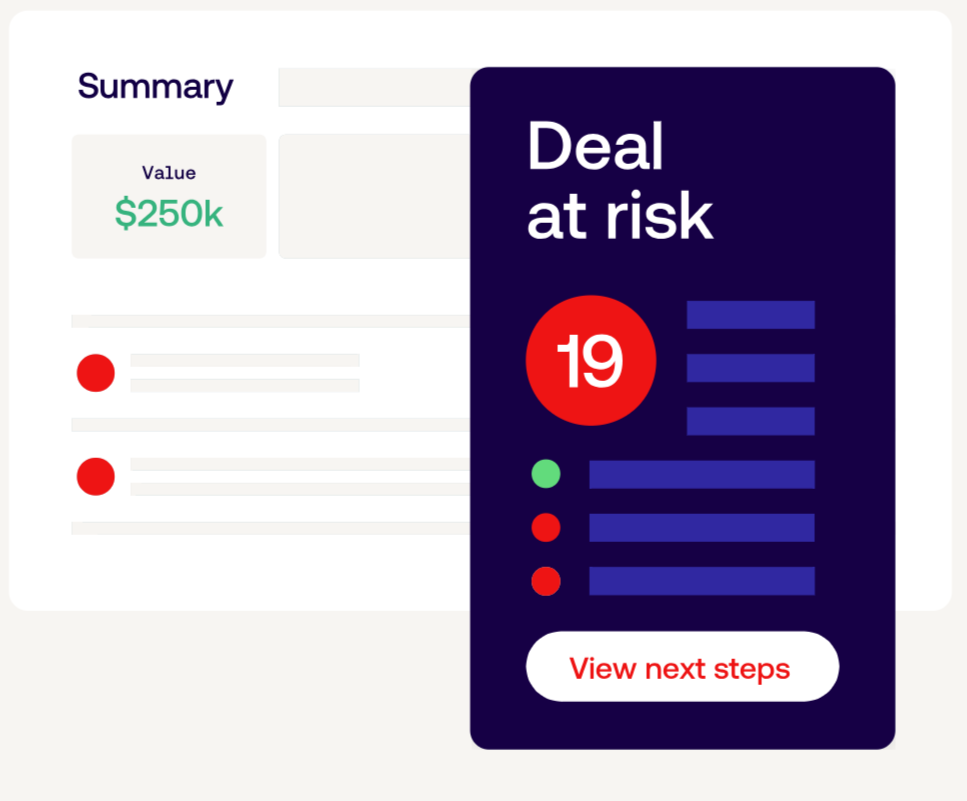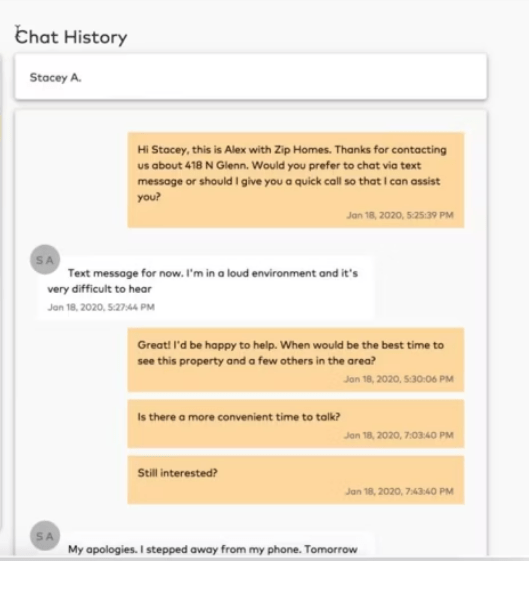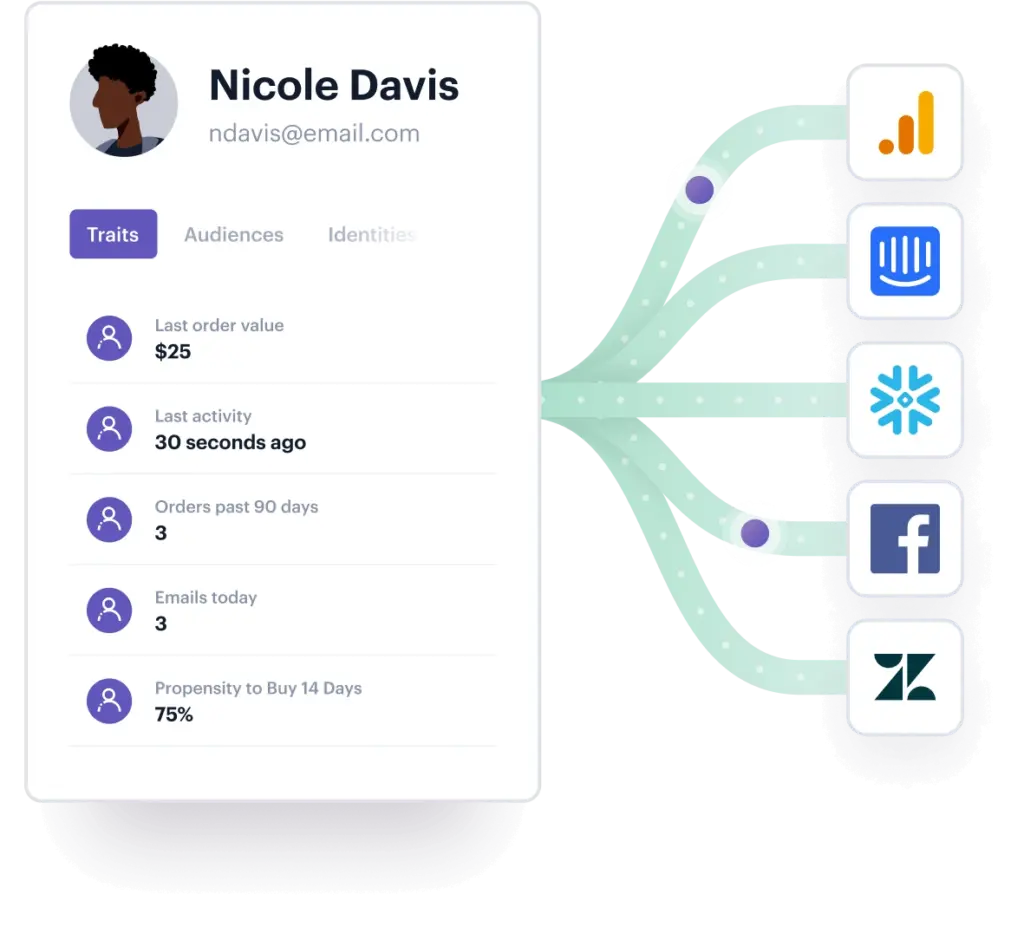
AI has become a relevant part of current market trends and expectations. With the new tools being developed all the time, companies across the globe are trying new ways to incorporate them. That means a lot of trial and error, but a potential for efficiency and profit. One of the main aspects of this evolution is the rise of AI in Sales.
Since sales are a crucial part of business growth, it makes sense that owners and managers of different industries are looking into AI as a way to potentialize their reach. In fact, about 64% of business experts believe AI will contribute to overall productivity.
But how exactly does that happen? And what obstacles can AI help your company overcome? In this article, we will explore the current scenarios for sales departments and new ways AI tools can contribute to a better work environment.
Sales growth and concerns
Sales is a data-heavy aspect of business because it relies on strategizing and reach. That means sales experts and agents should always track the KPIs (Key Performance Indicators) and any relevant changes. The way AI in sales can work is that, by using this data to develop AI-driven processes, managers can increase performance. But what is actually tracked? Here are some examples:
- Conversion rate
- Sales growth rate
- Churn rate
- Client acquisition cost
Taking metric like these into account, it’s important to figure out where the sales pipeline works and where it doesn’t. For instance, a company might have a good conversion rate by closing enough sales, but the cost is too high, making the process inefficient in the long term.
Or they might be a smaller team, leading to a longer response time to inquiries, which can turn some potential new customers away. Other companies have challenges organizing their Sales CRM platform, which means potential leads are lost.
Either way, by incorporating AI, there’s a huge potential to grow and optimize the sales pipelines, which can lead to overall better profits.
The advantages of AI in Sales
How does AI in sales create a better pipeline? There are many ways to implement new tools, before and after you interact with potential clients.
Automation
A lot of the work in Sales can be repetitive, but it has to be done quickly, For example, when a potential buyer contacts your company, you don’t want them to wait too long for a response. That can weaken your customer service and keep them from following through. Or maybe you need to reach existing clients to let them know about new products. Having to reach out to multiple people is a time-consuming task.
AI in Sales is heavy on automation because this helps people repeat tasks in a more efficient way. For example: say your leads often email you with questions about a certain product. If you implement an AI tool that uses email templates to automate responses, they will receive an instant reply.
Research and monitoring
To do Sales well, you need to know your market. AI tools can help you monitor digital spaces, such as social media and your inbox, to check for insights into what your clients are saying. This information is valuable to create new strategies for sales campaigns, product launches and redesigns.
Challenges and limitations of AI in Sales
Even though AI in Sales can lead to growth and better market understanding, it’s important to know its limitations. That way, you can be more discerning when implementing a new tool and avoid causing issues in your current pipeline. It also means you will have a more realistic look into these platforms and, therefore, they will work better for what you truly need.
Lack of flexibility
One concern with AI is that it comes with a lack of flexibility. Most AI tools are reactive tools. That means they act according to current information being sent to them. For instance, a chatbot replying to a customer when their inquiry contained specific keywords.
Interference with existing systems
Because a lot of AI tools are new, they aren’t necessarily ready to work with existing platforms. If you have a digital office suite (such as Google Workspace or Office 365) that offers multiple workflow tools, it can be hard to set up complements. If your sales pipeline includes tools such as CRM, task management software, social media, an email inbox, phone calls and so on, they all have to work together. They also have to work with adjacent tools, such as invoice generators, payment apps, ecommerce platforms, stock management tools, etc.
If you want to include AI in Sales, it has to work well with many of these, depending on how robust your workflow is. Otherwise, it can block processes from happening, cause file misplacement and many other issues.
Disconnect from potential customers
The main concern with AI in sales, however, is the potential for a disconnect. While these tools can be great for fast responses and other quick chats, a lot of sales growth requires a connection and that means actual conversations. So AI can (and should!) be present to enhance your work, but becoming overly reliant on it can be counterproductive.
Turn Gmail into your Team’s Workspace.
- 2.5x faster email responses.
- 20 hours less spent per month, per team member.
- 40% more deadlines achieved and happier teams.
3 obstacles that AI in Sales can help you cover
There are a lot of AI tools in the market and they can help with many obstacles Sales teams face. Here are some ideas and tools that can be useful to enhance your growth and find new clients.
1. Response time and efficiency
Sales deal with a lot of potential new customers. That means they have to stay on top of their tasks and messages to avoid a long response time. The most important thing is meeting leads where they are. So that requires keeping up with multiples sources of communication: websites, social media, message apps, phone calls, etc.
This challenge affects both B2B and B2C Sales. When dealing with clients directly, aka B2C, you need to be informative and offer your lead relevant information about your products. That way, they feel safer and more compelled to close the sale. As for business to business (B2B) sales, it’s critical to focus on your product’s difference from others, value for investment and accordance to the client’s specific needs.
How it optimizes client relationships
No matter where and who you’re talking to, however, leaving them unattended for too long is a surefire way for them to lose interest. Then, any previous efforts are lost and your KPIs suffer.
You can implement tools that avoid long response times. These vary from chatbots that answer common questions directly to email auto replies that start a conversation easily. There are tools designed to optimize your message queue, either by topic and keyword or availability.
2. Lead generation
You can’t grow your sales metrics if you can’t reach new potential customers. Hence, the need to find leads and filter them according to specific campaigns and goals. That being said, it isn’t always easy to figure out what you need. That’s when AI in sales can help you: by making the client acquisition process faster and easier.
Implementing better sourcing systems also means it becomes less time-consuming and you waste less resources on bad leads. In the end, this makes the entire pipeline more cost-effective, thus cutting down on client acquisition costs.
How it leads you to customers
There’s a subset of AI tools called Predictive Lead Scoring. These tools, which can be standalone or part of a more robust customer management platform, analyze new leads to prioritize them. You can use filters, custom criteria and machine learning to determine which leads have a better success potential and focus on them first. That way, you use your time better and have a higher conversion rate.
3. Data input and analytics
The work doesn’t end when you close the sale. In fact, client management accounts for a lot of the tasks within a sales pipeline. This happens because your current client database is a great resource for when you’re launching new products, testing potential features and offering promotions.
But to make this work, you need to collect and organize a lot of data, not to mention reports and analytics to support future strategies. For these tasks, AI in sales can be a great help, since AI tools use machine learning to recognize patterns and predict different scenarios.
How it can grow your pipeline
You can use AI tools to manage and organize your client database according to their interests, previous purchase history and other interactions. That way, when you need to set up a new campaign or product launch, you can export this data to build better strategies and manage the sales pipeline.
Apps to try
Try these applications to improve data inputs & analytics:
Klaviyo
A marketing and sales app created to predict customer behavior and prevent loss. With this tool, you can use AI to track and monitor your metrics from each individual client, making your pitch clearer and more personalized.
Segment
This CRM platform includes a powerful data analysis tool. You can track and get insights into your clients’ behavior patterns, which, in turn, can help you build better segmentation.
The human side of AI in sales
The biggest advantage that comes from AI in sales is giving time for sale specialists to focus on the most import part of their process: building long-lasting relationships with clients. That way, they trust your products and brand, which, in turn, contributes to a lasting growth rate.
With that in mind, you can also implement other tools that help your sales team perform better. One of them is a shared inbox. A shared inbox is a digital workspace that allows your entire team to view and respond to incoming messages in real time. This means no more long email threads or back and forth. Instead, all users are able to follow the current workflow and get tasks assigned directly to them, right into their own Gmail inbox.
DragApp is a great ally to sales and marketing teams because it offers a flexible shared view of all current leads. With our Kanban view, you can track the sales conversion process and see where your pitches get stuck. At the same time, you can add files and notes to each task, @mention others for collaboration and chat live.
Drag can work well with AI in sales too. If you use AI tools to extract and analyze data from your leads, for instance, you can use Drag to create email campaigns to reach out to them with templates and automations.
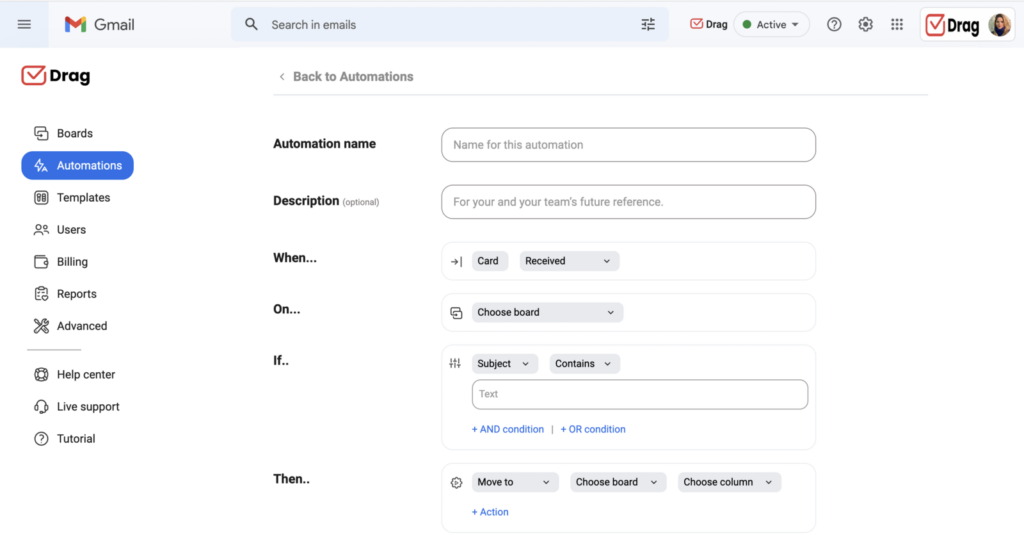 Wrapping up
Wrapping up
If you are looking to implement AI in sales, you need to make sure the tools work with you to create an easier environment for your specific concerns. By browsing through existing platforms and tech, you can get a closer look into what each app offers and if that’s relevant to your needs.
We recommend browsing through the AI category in app directories such as Capterra and G2 to learn more about these tools and which are the right match for your company.
Turn Gmail into your Team’s Workspace.
- 2.5x faster email responses.
- 20 hours less spent per month, per team member.
- 40% more deadlines achieved and happier teams.


